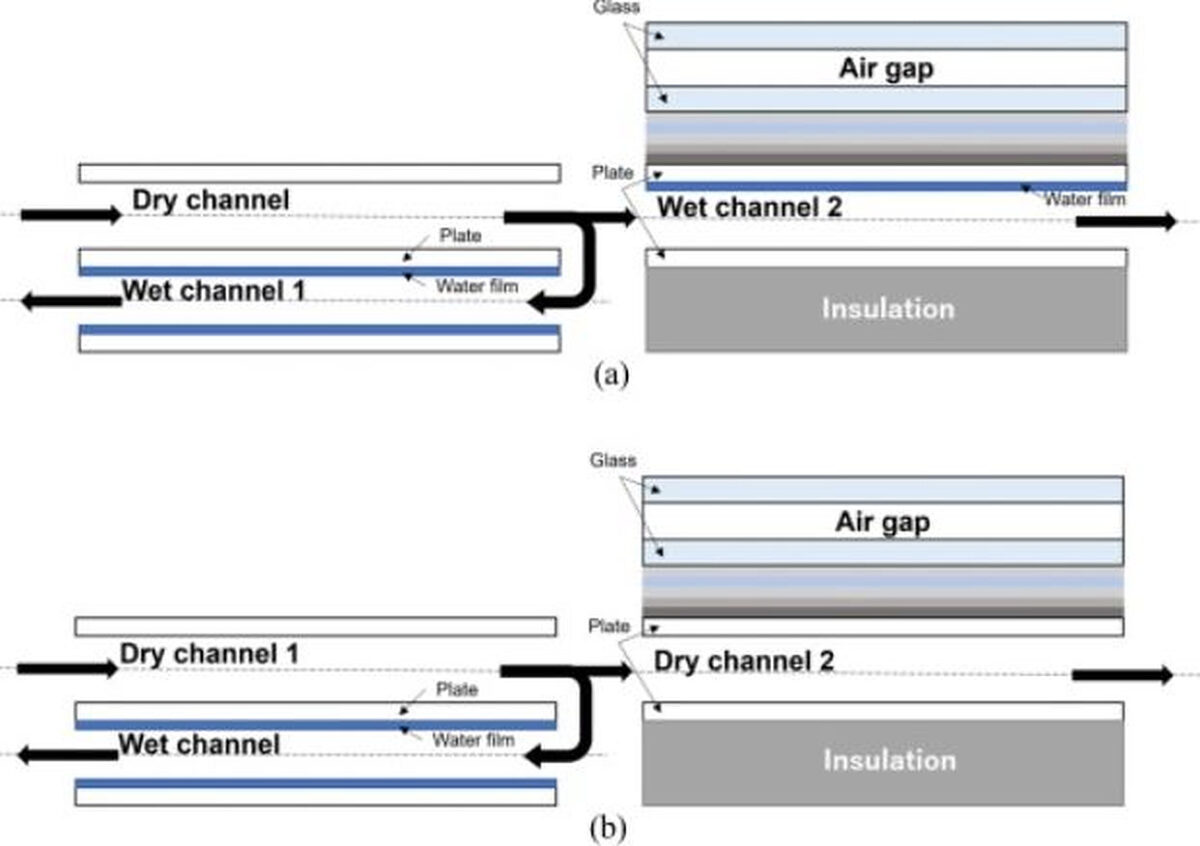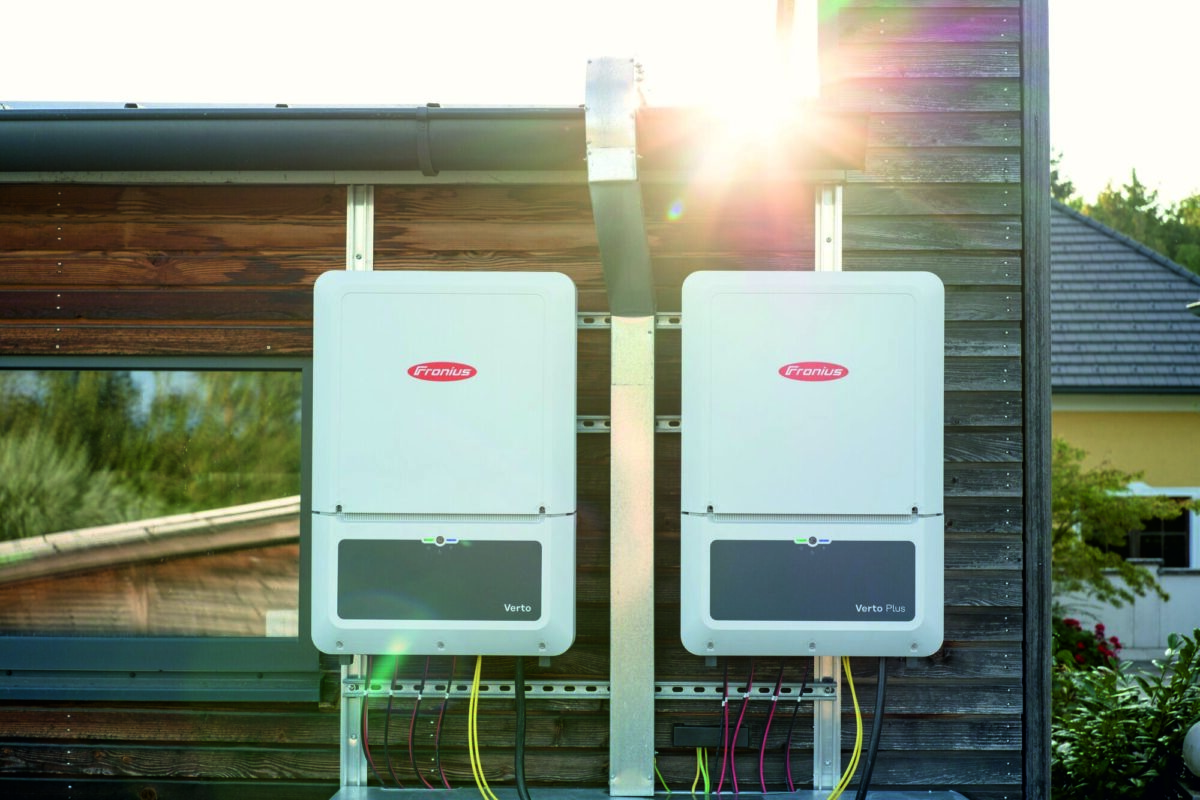A group of scientists led by Japan's Kyushu University has developed a new technique based on dew-point evaporative cooling (DPEC) to reduce the operating temperatures of photovoltaic panels.
DPEC is a heat and mass transfer technique that has been broadly used for energy conservation in several industrial sectors to date. This technique is one of the most effective and energy-efficient ways to cool down hot air. It has a higher cooling efficiency than traditional evaporative cooling and can reach dew point temperature, which is the temperature point at which the air can hold no more water vapor and is always lower or the same as the air temperature.
DPEC systems are usually designed to supply air into a wet channel as the working air. This enhances the heat and mass transfer process in the wet channel, due to the lower temperature of the incoming working air. “The exhaust air in the DPEC system can reach saturation, while the supply air in the dry channel can reach its dew-point temperature,” the researchers explained. “The proposed system consists of a separate dew-point evaporative cooler that supplies the near-saturation air to the wet air channels which are attached to the back of the PV panels.”
The proposed system consists of two wet channels, one located in the DPEC system itself and another one placed on the back of the PV panel. The DPEC system provides near-saturation cooled air to the wet channel attached at the back of the PV panel where further evaporative cooling occurs to ensure the maximum cooling effect.
The academics claim that the DPEC system is able to considerably reduce the solar panel operating temperature, particularly at the air inlet of the panel. “A large temperature difference between layers at the panel inlet is observed, due to the cool air supplied from the DPEC unit,” they said. “As the air flows along the channel, the temperature difference between each layer is reduced via heat transfer.”
They also explained that the water evaporation process triggered by the continuous heat transfer from the dry channel to the wet channel embedded in the DPEC system and to the wet channel placed in the panel resulted in an increase in air humidity.
The system was tested for 10 h a day, and the group found the DPEC system consumes 0.0736 kg of water, while the second wet channel at the back of the PV panel consumes 0.7157 kg, with total water consumption being about 0.7893 kg.
The team also found that the channel height has a significant impact on system performance. “Increasing the channel height allows a larger amount of unsaturated air to enter the PV panel, which promotes the heat and mass transfer process to control the panel at a lower operating temperature and thus improves the solar cell efficiency,” it stressed.
The researchers compared the performance of a solar module cooled by the novel technique with that of an uncooled panel and of panels cooled by direct evaporative cooling, and DPEC-based sensible cooling systems. They found that, in all cases, the proposed system achieved better cooling performance and maintained higher module efficiency.
“Shorter channel length and larger channel height improve the cooling performance and yield higher efficiency for the PV panel,” they emphasized. “On the other hand, higher inlet air velocity and working air ratio are favorable.”
They presented the system in the study “Dew-point evaporative cooling of PV panels for improved performance,” published in Applied Thermal Engineering.
This content is protected by copyright and may not be reused. If you want to cooperate with us and would like to reuse some of our content, please contact: editors@pv-magazine.com.




By submitting this form you agree to pv magazine using your data for the purposes of publishing your comment.
Your personal data will only be disclosed or otherwise transmitted to third parties for the purposes of spam filtering or if this is necessary for technical maintenance of the website. Any other transfer to third parties will not take place unless this is justified on the basis of applicable data protection regulations or if pv magazine is legally obliged to do so.
You may revoke this consent at any time with effect for the future, in which case your personal data will be deleted immediately. Otherwise, your data will be deleted if pv magazine has processed your request or the purpose of data storage is fulfilled.
Further information on data privacy can be found in our Data Protection Policy.